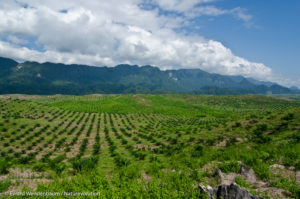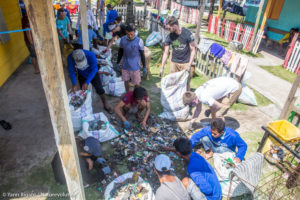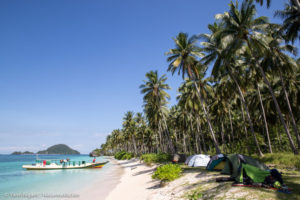Sulawesi, the 11th island in the world, represents the largest terrestrial surface of the biogeographical area of Wallacea, with 175 000 km2 out of a total of 340 000 km2.
Wallacea, biodiversity hotspot
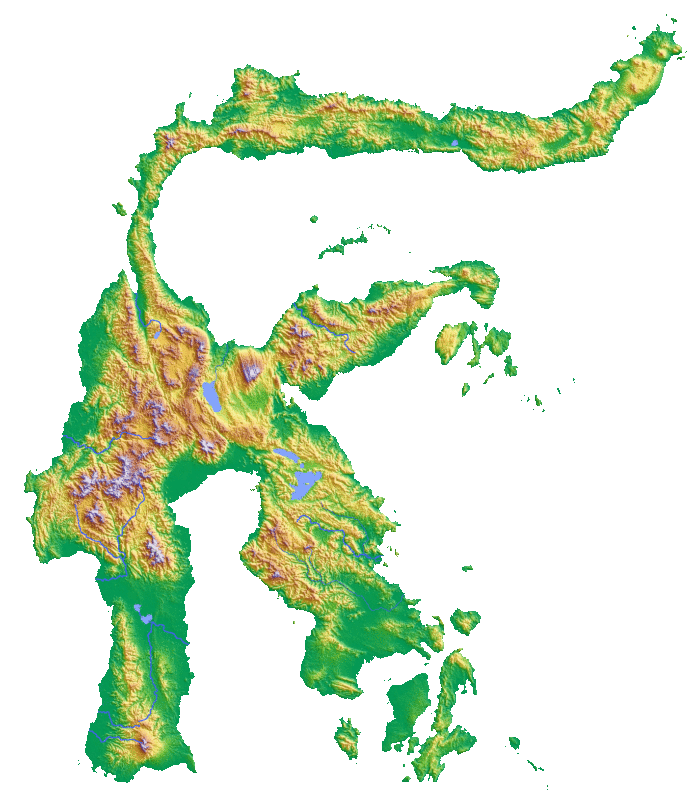
Wallacea is home to a fabulous natural heritage, through a mosaic of habitats – coral reefs, mangroves, karstic massifs, primary forests – among which 98% of mammals, 1/3 of birds and almost 80% of the amphibians are endemic, meaning they are not found anywhere else. Given its rich biodiversity and threats to its ecosystems, it is one of the 36 global biodiversity hotspots.
Why Wallacea ?
A transition zone exists between the biogeographic regions of the Southeast Asia and New Guinea. An area named Wallacea in honor of Professor A.-R. Wallace who studied the area and who, led to the same conclusions as Charles Darwin about the processes that guide the evolutionary history of species, wrote to him in 1858 urging the latter to hasten the publication of his masterly theory.
The borders of this transition are globaly located on both side of the Sulawesi island, where the geological conditions and events favored a significant diversification of the flora and fauna and generated an exceptionnal rate of endemism.
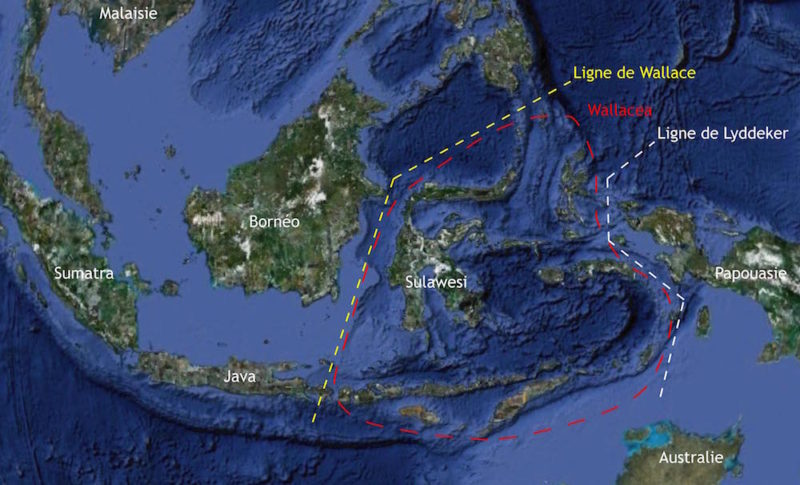
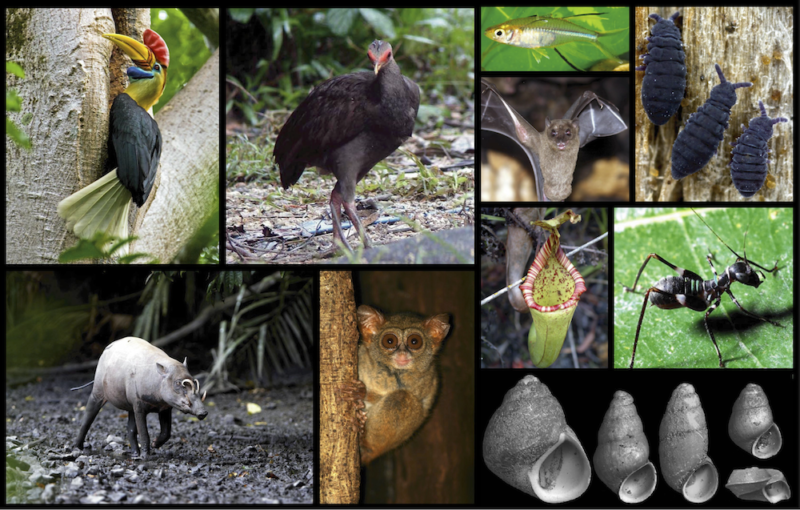
The karstic massifs
Karsts are biotopes sheltering true archs of biodiversity, given the specificity of their flora and fauna, and the multitude, and the fragmentation, and isolation of the habitats within geological entities with drastically different ecological requirements. Thus, some groups with low dispersal capacity have undergone hyperdiversified evolutionary radiation specific to karstic environments.
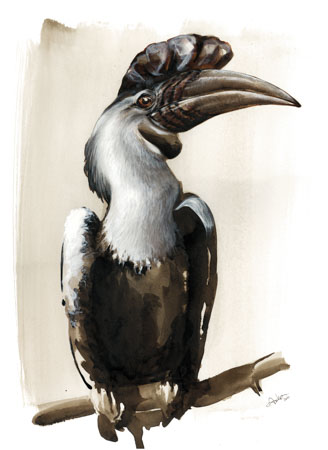
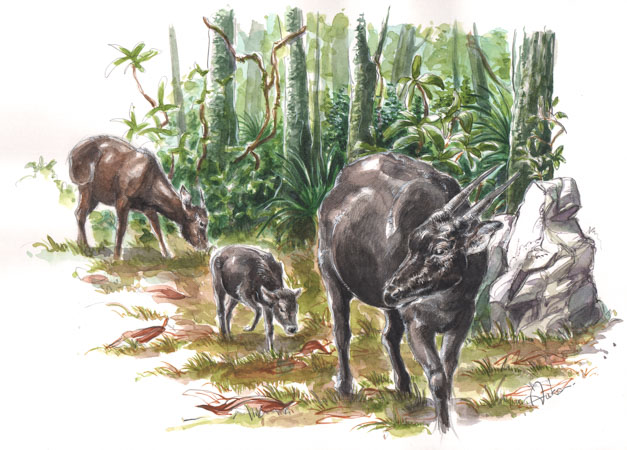
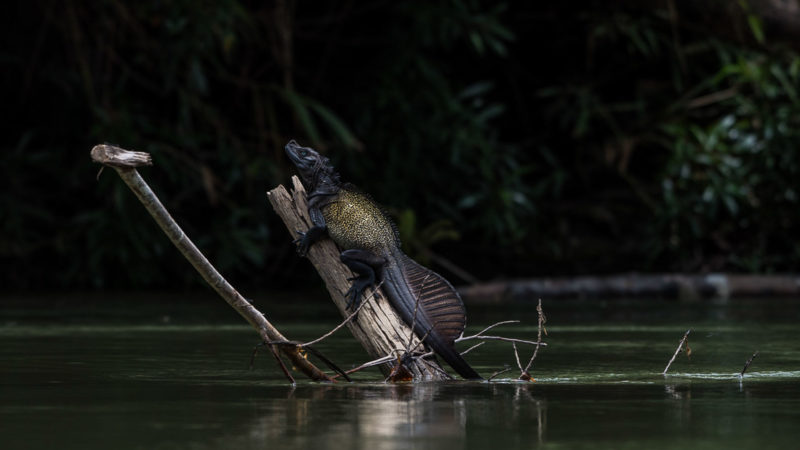
The heart of the coral triangle
The Coral Triangle is considered the epicenter of the planet’s marine biodiversity. In 6 million km2 is found more biological wealth than anywhere else in the oceans: 30% of the world’s corals, 76% of known coral species, 35% of coral reef fish, and 6 of the world’s 7 species of sea turtles
Whale sharks, sea turtles (including the critically endangered hawksbill turtle) and several species of rays, including manta rays, occur in Matarape Bay While some parts of the bay are degraded, some reefs are teeming with life. There are many giant clams.
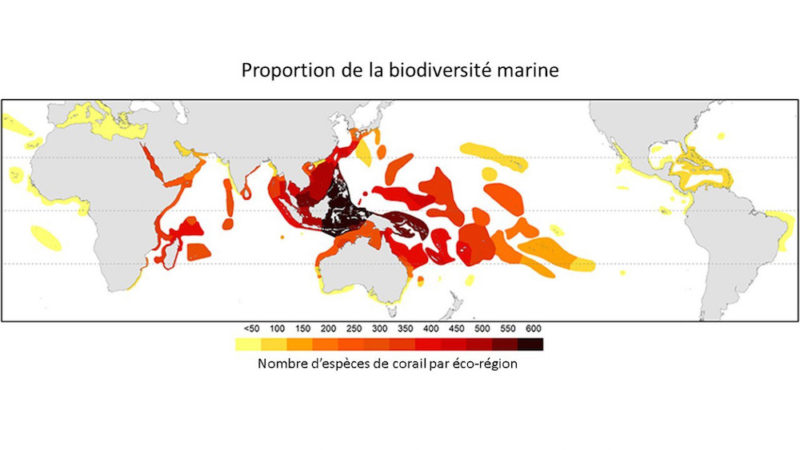
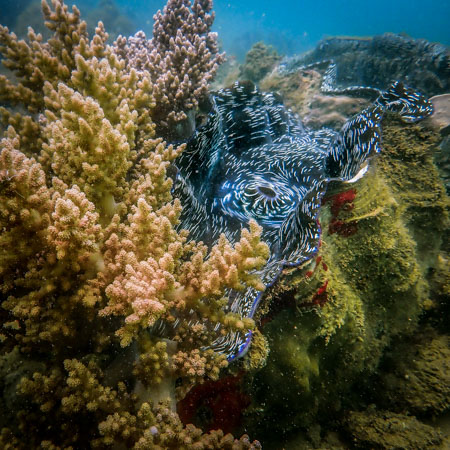
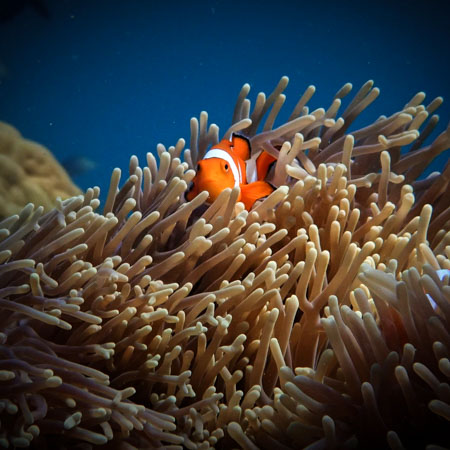
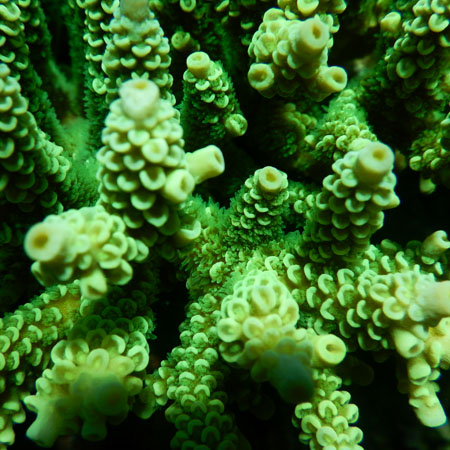
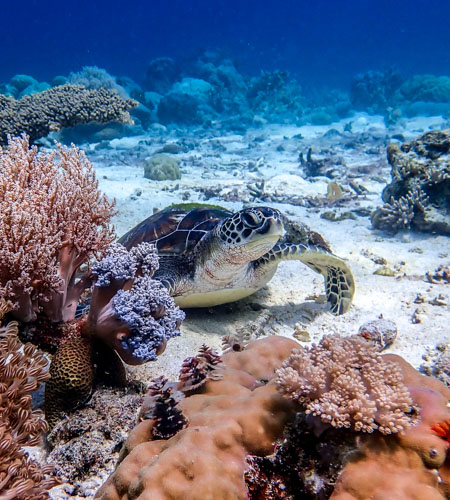
Mangroves, an often neglected natural environment
Indonesia has the largest area of mangroves in the world. In addition to hosting abundant biodiversity, they provide irreplaceable ecosystem services, limiting coastal erosion and protecting coastal communities from cyclones and tsunamis. They also sequester an impressive amount of carbon that scientists are just beginning to measure. But their area has shrunk by 30% over the last three decades, mainly due to the expansion of shrimp farms and coastal infrastructure projects.
The Konawe region is home toone of Sulawesi’s last large mangroves in the Lasolo River Delta, as well as many small mangroves scattered throughout Matarape bay.
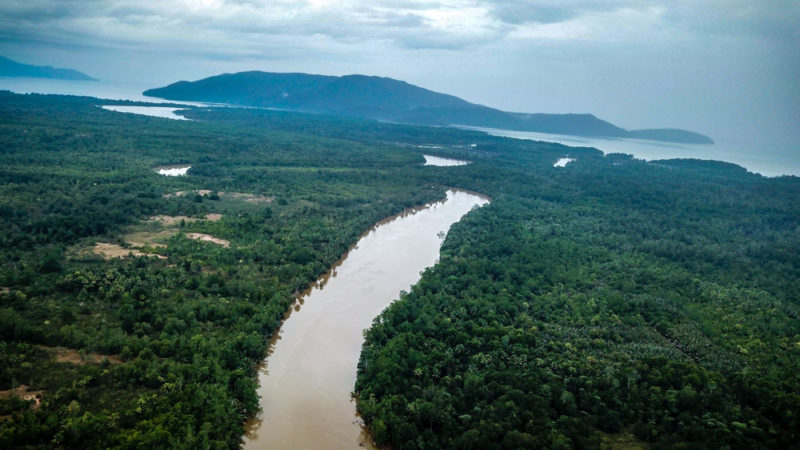
Natural habitats in decline
Only 15% of the natural habitats would remain on the entire Wallacea. In terms of biodiversity, more than 10% of mammals, birds and amphibians are on the IUCN Global Red List of Threatened Species. Deforestation and the expansion of plantations have not yet reached the disastrous scale that has occurred on the islands of Sumatra and Borneo, but with the scarcity of land available on these islands, Sulawesi, along with Papua, acts as a ‘new frontier’ for the development of new plantations. To learn more
Large areas of forest are still intact, particularly in the Konawe region, offering the prospect of creating large protected areas rich in the biodiversity so specific to the Wallacea.
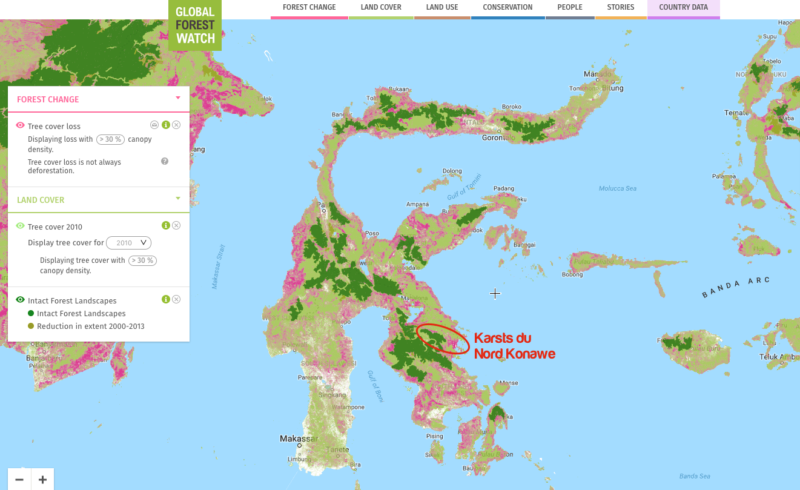
To go further
Find out more about our first conservation activities and our long-term strategy for the preservation of the Konawe karsts: Preserving the Konawe karsts – Helloasso ([tp lang=”en” only]French only[/tp]).
[tp lang=”en” only]_
English translation made possible thanks to the PerMondo project: Free translation of website and documents for non-profit organisations. A project managed by Mondo Agit. Translator: Cressida McDermott[/tp]


